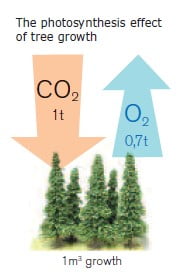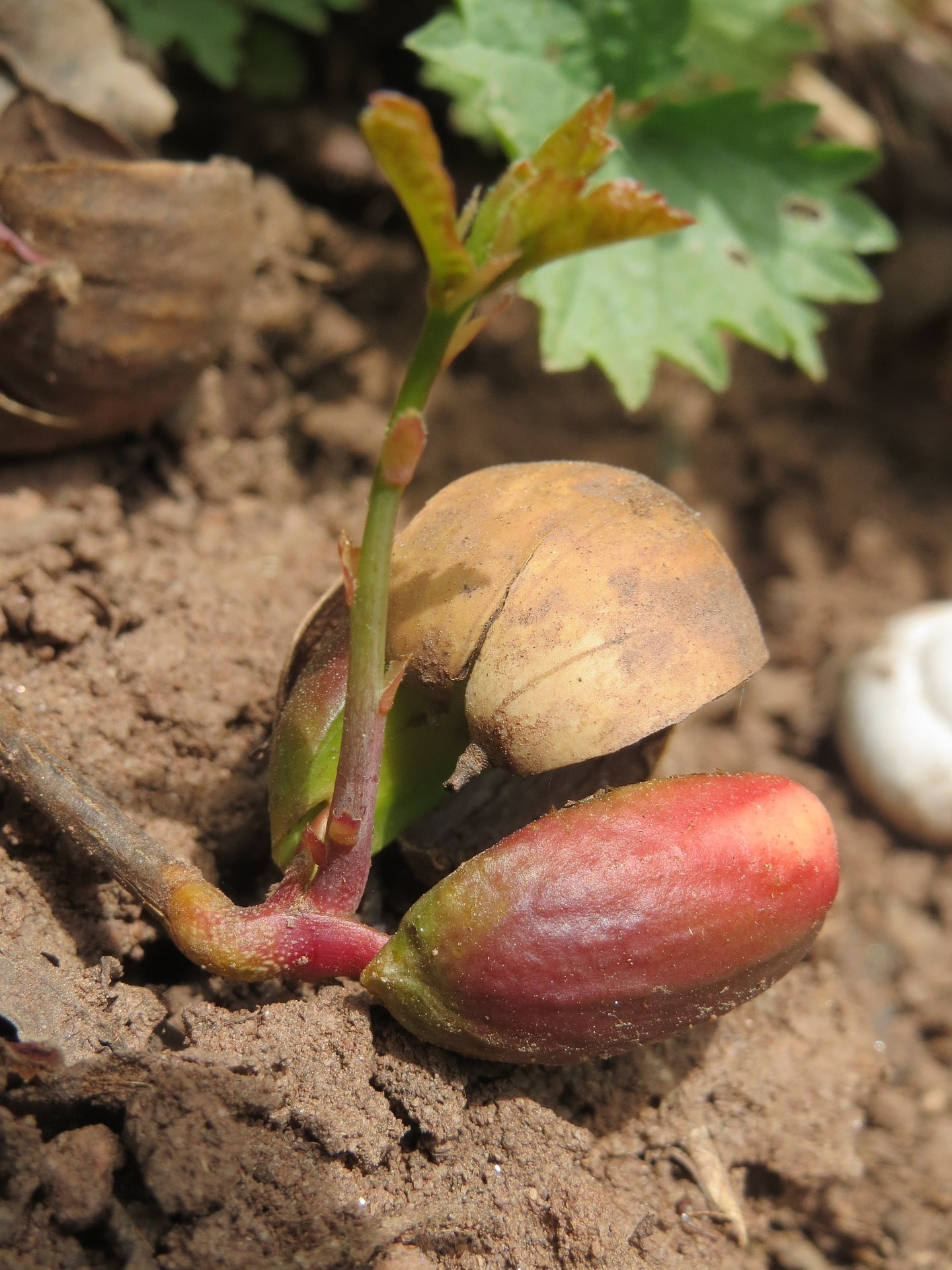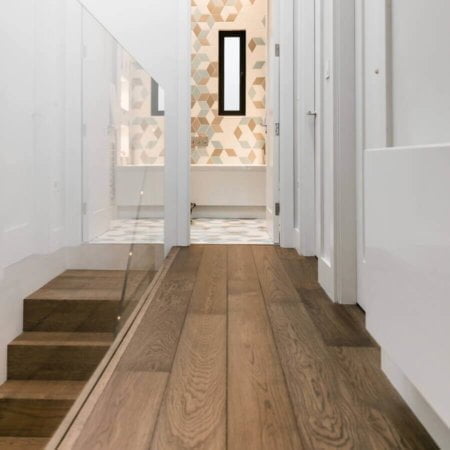What is Carbon Capturing?

If eco-credentials are as important to you as they are to us, then you will want your wood flooring to be manufactured using timber that is sustainable and has a minimal impact on the environment.
Wood plays a vital role in the movement to combat climate change. Choosing sustainable wood flooring is a great way to support the growth of Europe’s managed forests and, in turn, increase carbon capture.
So, what is carbon capture? And how does carbon capture in the timber industry affect Carbon Dioxide (CO2) levels?

Reducing CO2
Some people hold the misconception that timber production as a whole has a harmful impact on the environment. This is mostly based on the false assumption that all logging uses destructive methods and is leading to more CO2 in the atmosphere. Thankfully, consumers are increasingly aware of the impact of destructive logging. These days, they are turning to timber from environmentally friendly, sustainable sources.
Sustainable forestry is taking the lead in the movement towards carbon negativity. In fact, the overall effect of sustainably managed timber production is actually a reduction of CO2 in the atmosphere.
Chaunceys are FSC® (FSC-C131323) certified and we are careful to source our timber from managed forests.
Carbon capture in managed forests: How does it work?
How does the production of sustainable wood flooring help capture CO2 from the atmosphere?
Forests are often referred to as the lungs of the Earth: trees remove CO2 from the atmosphere through photosynthesis and store it in the wood. In the process, they produce Oxygen (O2).
According to a report from Wood Panel Industries Federation (WPIF), on average, every cubic metre of forest growth absorbs the equivalent of approximately 1 tonne of CO2 whilst producing the equivalent of 0.7 tonnes of O2.

“Wood is made from approximately 50% carbon and every tonne of wood that grows absorbs the carbon from approximately 1.8 tonnes of atmospheric CO2.” (TRADA Timber Industry Yearbook 2011).
When tree fellers harvest a mature tree, the carbon absorbed throughout its life is captured in the wood. As flooring this carbon is held within the planks throughout their lifespan.
We can further prolong the life of timber products by re-using and recycling. Extending the service life of the wood allows the CO2 to be sequestered from the atmosphere for even longer. This makes reclaimed timber flooring another great option if sustainability is an important consideration for you.

Why are managed forests so important?
Europe’s growing sustainable forests
Responsible timber producers know that the future of the European forest-based sector is dependent on the survival of its forests. Certified sustainable forests are required to meet the standards of international bodies such as the FSC® and PEFC. These organisations are dedicated to promoting responsible management of the world’s forests. Beyond this, there are now international movements and policies to support the protection and further growth of forests; there are regulations across all European countries that require the reforestation of harvested trees.

“Between 1990 and 2015, the area covered by forests and woodlands increased by 90,000 square kilometres – an area roughly the size of Portugal” (The World Economic Forum, WEFORUM)
Fortunately, this means the European forest area is absorbing more and more CO2. Choosing sustainable wood over other flooring materials is a great way to support this continued growth.
“Increasing the use of sustainable timber in construction has been recognized as a key method of reducing carbon emissions” (Timber Trade Federation, TTF)
Why are sustainably managed forests so effective at capturing carbon?
Sustainably managed forests capture more carbon than they would if they were left unmanaged. This is largely because younger trees, which are in a state of dynamic growth, will absorb more CO2 than mature trees.
In addition to this, it’s a fact that dead or dying trees release their stored carbon back into the atmosphere; in managed forests, where trees are harvested as they mature — and before they fall naturally — the carbon remains stored. This improves the forests’ ability to reduce CO2 in the atmosphere.
Timber as a building material
Timber is a renewable raw material and already has a low carbon footprint when compared to other building materials. In addition to the fact that wood products act as a carbon sink throughout their serviceable lives, they also require very little energy to produce when compared to other materials. As a result, substituting other building materials for wood can mean a much lower carbon footprint for construction projects.
According to an article from WPIF, approximately 5kg of carbon is stored per M2 of wood flooring. This means that 50m2 of wood flooring stores the equivalent of quarter of a tonne of carbon.
Timber by-products and recycled wood can also be put to good use as panel products such as particleboard or chipboard. This means there is huge potential for carbon to remain captured in further construction projects.
“Over a million tonnes per year of recycled wood is used in the UK to manufacture chipboard” (TRADA).
The natural properties of wood also make it a great thermal insulator — in fact, it’s 15 times better than concrete at insulating heat . As a result, houses that constructed using timber minimise non-renewable energy use.
If there is no way for wood products to be re-used or recycled, we can still make good use of waste timber products by using it as a carbon neutral source of energy. The energy — which is essentially stored solar energy — can be recovered through combustion when waste timber products are used as a substitute as for fossil fuels.


